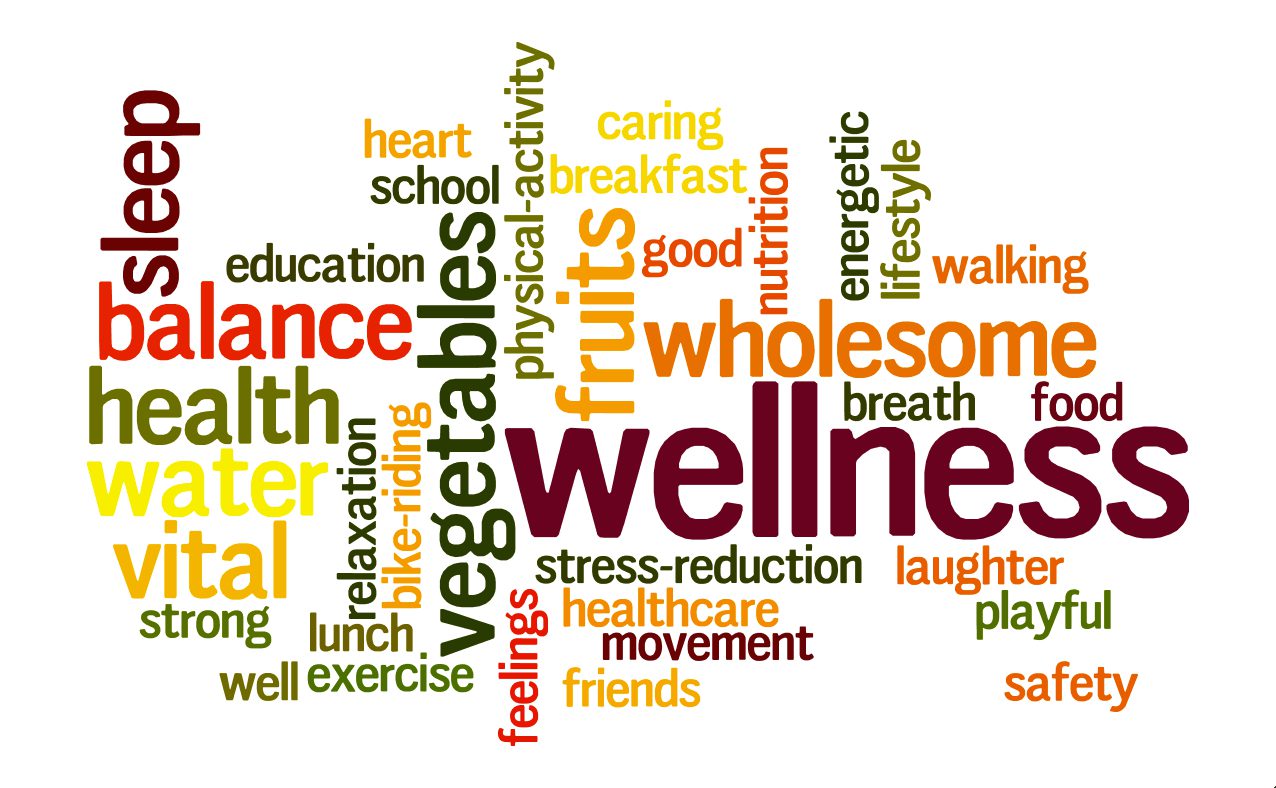Wellness is not the latest trend or buzzword, though many people have probably seen it splashed around in marketing and often used in the context of health. Although used interchangeably at times, health and wellness have different meanings.
Health:
“…a state of complete physical, mental, and social well-being, and not merely the absence of disease or infirmity.” – The World Health Organization1
Wellness:
“…an active process through which people become of aware of, and make choices toward, a more successful existence.” – National Institute of Wellness2
The definition of health encompasses a wider scope of medical perspective, which provides the overlap into the definition of wellness. Health refers to physical, mental, and social well-being; wellness aims to enhance well-being. To simplify, health is a state of being, while wellness is a state of actively living a lifestyle that helps to attain health.
Now that we have the definitions handled, why is wellness so important?
Wellness is important because it creates a shift from unconscious living – where you do not think about your health until you have a problem or experience symptoms – to conscious living – where you are actively and deliberately making healthy choices to promote your success and well-being.
Wellness matters because everything we do and every emotion we feel relates to our well-being. In turn, our well-being directly affects our actions and emotions. For example, working a high stress job can cause health issues (migraines, weight gain, insomnia, anxiety, etc.). This in turn will negatively impact your overall happiness and life satisfaction. Irrespective of a person’s age, size, shape, or perceived attractiveness, it is wellness that is the cornerstone of quality of life.
Wellness is much more than exercising and good nutrition. Wellness is a conscious, self-guided, and evolving process of searching for the appropriate “tools”. These “tools” can help to make you a healthier and happier human. Learning a new skill, taking daily walks, meditation, and joining a community group are all examples of wellness “tools”. It is your personal responsibility to discover your own effective methods to use these “tools” for continued growth, development, and maintaining an optimal level of wellness.
In closing, wellness is an action-oriented, process, choice, and way of life that incorporates a range of components that can affect your overall health (physical, mental, and social well-being). These factors are continuously at play to contribute to your overall state of health and drive to live a higher quality life. As there is a great variety on all aspects of life, there are also countless ways to cultivate yourself on an ever-changing path of wellness.
References
- World Health Organization. (1948). Preamble to the Constitution of the World Health Organization as adopted by the International Health Conference, New York, 19-22 June, 1946; signed on 22 July 1946 by the representatives of 61 States (Official Records of the World Health Organization, no. 2, p. 100) and entered into force on 7 April 1948. http://www. who. int/governance/eb/who_constitution_en. pdf.
- Hettler, B. (1977). About wellness. Retrieved from National Wellness Institute: http://www. nationalwellness. org.

